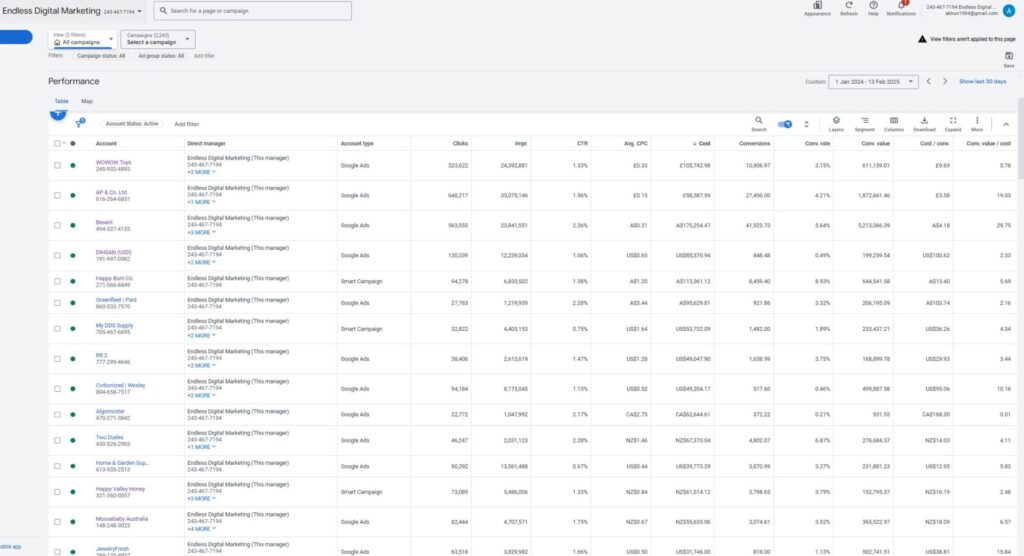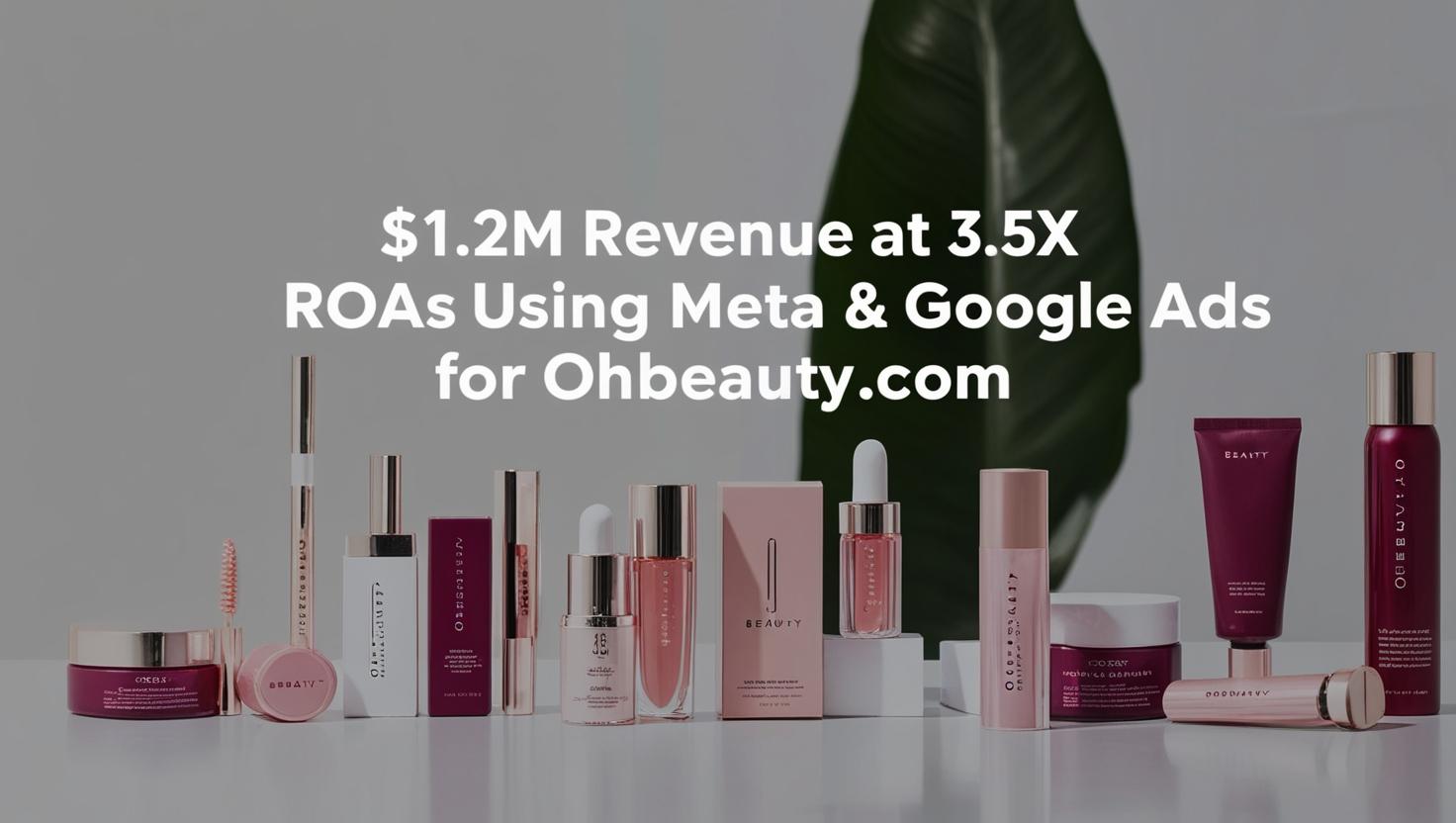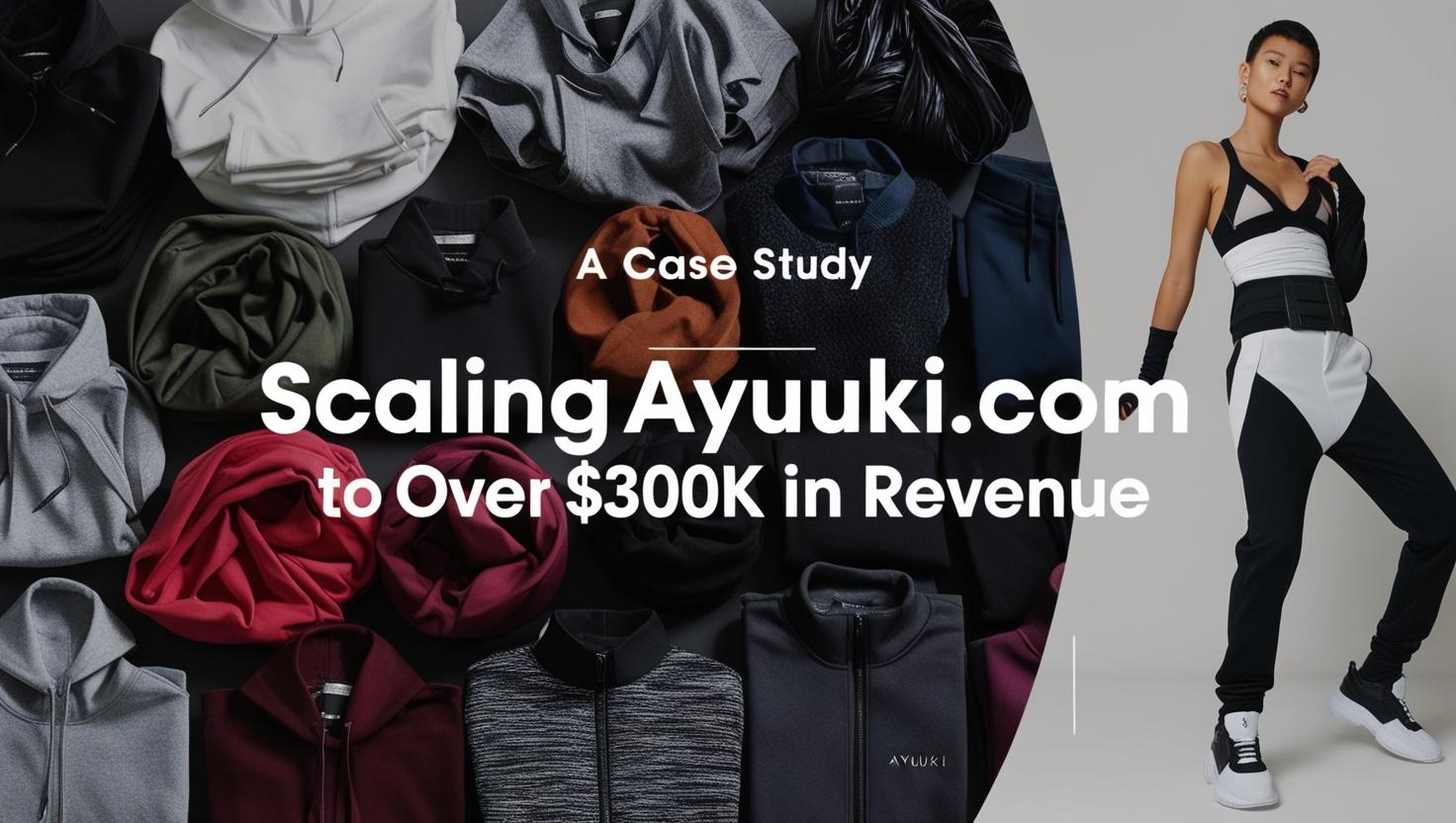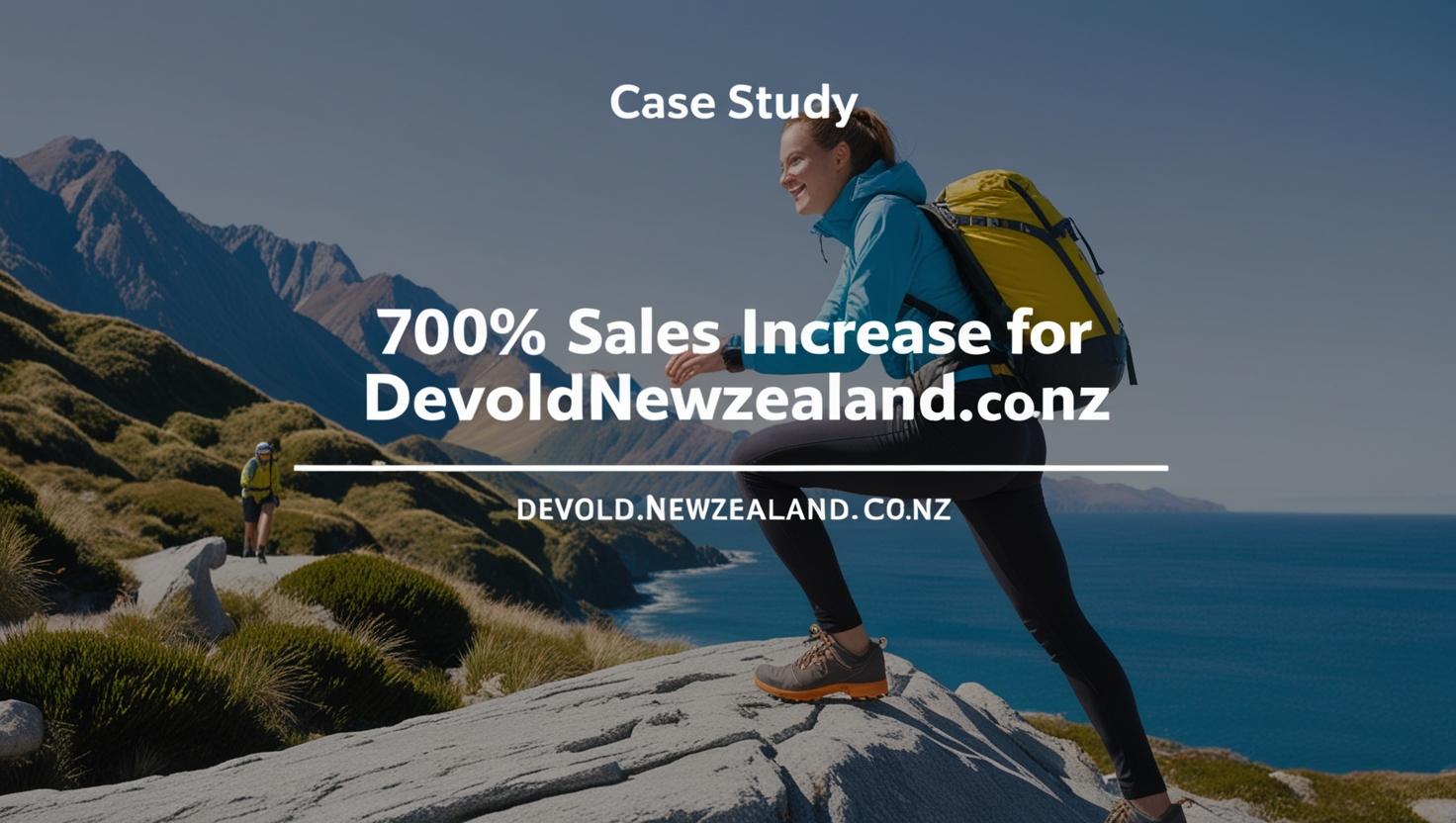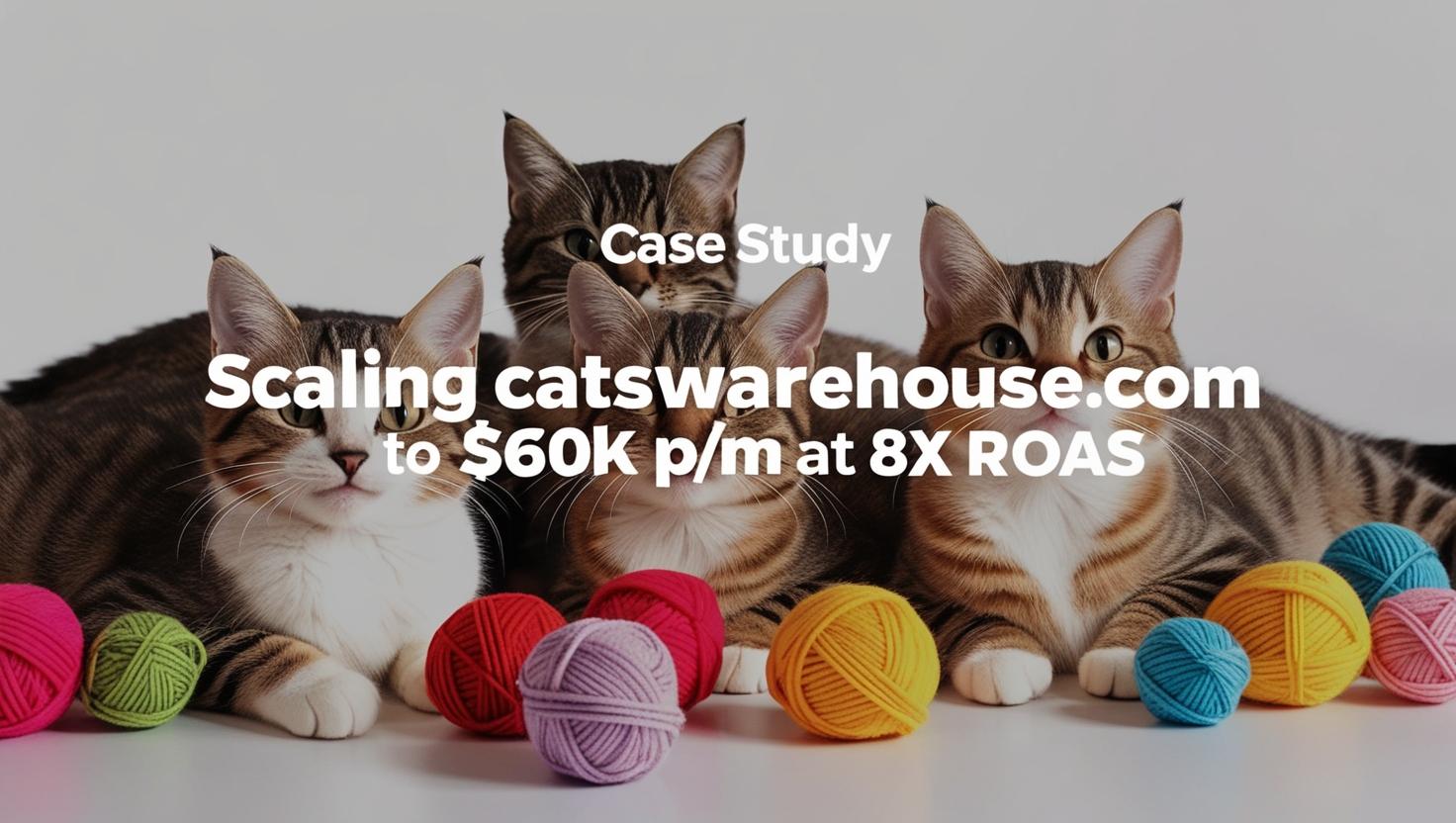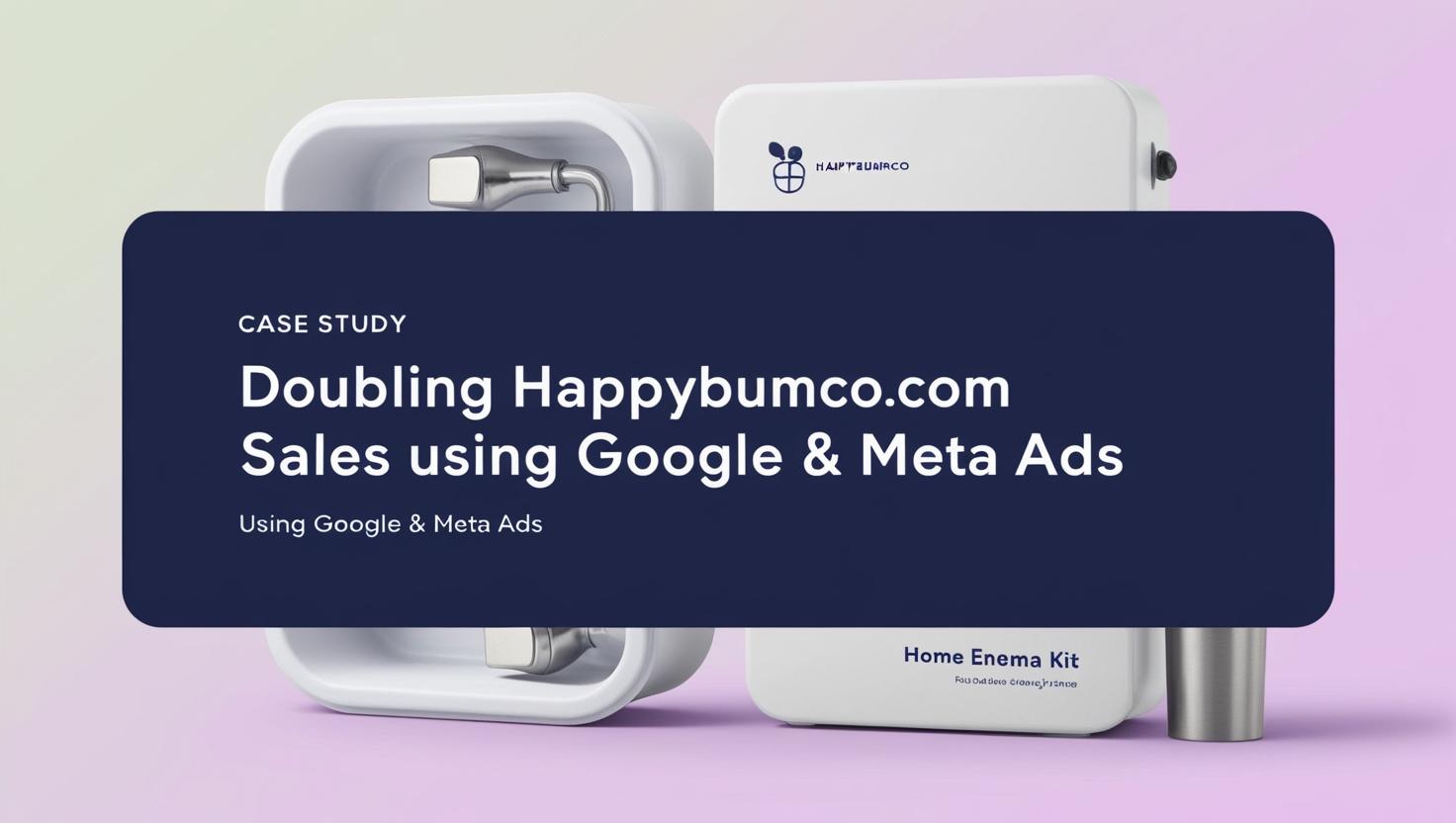[Google Ads For Fashion Brands In 2024 - 7x ROAS Achieved At Scale - Advanced Campaign Optimization Discussion]

- Brand Name: Love | Labels – https://www.lovexlabels.com/
- Industry: Women’s Luxury Fashion
- Products: Dresses, handbags, accessories
- Target Audience: Women (Ages 25-45), U.S. & Europe
- Starting Monthly Revenue: $100,000
- Goal: Increase sales while maintaining a ROAS (Return on Ad Spend) above 4x
- Final Results
- Ad Spend: $74.7k
- Revenue Generated: $579k
- Final ROAS: 7.75

Introduction:
Google Ads has become a powerful tool for fashion brands looking to scale revenue and reach high-intent buyers. This case study examines how Love | Labels, a mid-sized fashion brand, used Google Ads to generate over $500k at a 7.75x ROAS in under a year.
This client of ours sells sustainable, high-ticket fashion to the big 5 countries & also worldwide. While they handle their Facebook ads inhouse, we’ve been in charge of managing, optimizing & scaling their paid search PPC campaigns.
We started with them in July 2020, and helped to set up our system to begin driving profitable results for their brand using a mix of search, shopping, display & youtube ads.
Prior to this, they were completely new to Google ads & were relying solely on Facebook ads where they complained of rising ad costs, volatility, and other issues they had to face on the platform like ad disapprovals, account suspensions, etc. They decided it’d be best to diversify into Google & hired us to do so.
Phase 1: Google Ads Strategy Development
1. Market & Audience Research
Before launching Google Ads campaigns, Love Labels conducted in-depth research on its ideal customer:
- Demographics: Women, ages 25-45, interested in luxury fashion
- Search Behavior: Users searching for premium, high-end clothing
- Competitor Analysis: Analyzed brands like Gucci, Prada, and Michael Kors
2. Campaign Setup & Structure
For the initial setup, we went for our usual campaigns to begin with:
- Search Ads For Branded Terms – For high-intent buyers searching for our brand.
- Search Ads For Competitor Terms – To help convert traffic/customers from similar competitor brands.
- Search Campaigns with well researched keywords (structured into themed adgroups – e.g one adgroup for travel outfits, one for dresses, one for blazers/jackets, etc. – that way you can have ultra relevant ads directing traffic to the appropriate landing pages for each keyword)
- Dynamic Search Ads (works great for brands with a lot of products or just content/webpages in general)
- Shopping Ads – To showcase products with images and pricing (always begin with manual shopping for new accounts and test Performance Max later once you have momentum/data)
- Display Retargeting – To remarket to warm past website visitors.
- Youtube Ads – To build brand awareness and social proof.
From there, there was a lot of testing/optimization required before we were able to achieve profitable results and scale. BFCM Weekend was also just around the corner at the time so we had to work as quickly & efficiently as possible to be ready on time.
Phase 2: Google Search Ads – Capturing High-Intent Shoppers
1. Keyword Strategy
Love Labels used commercial intent keywords to target shoppers actively looking for luxury fashion.
High-Converting Keywords Used:
| Keyword Type | Examples |
|---|---|
| Brand Keywords | “Lovelabels dresses”, “Lovelabels handbags” |
| Product Keywords | “Luxury evening gowns”, “Designer handbags on sale” |
| Competitor Keywords | “Best alternatives to Gucci handbags”, “Luxury fashion similar to Prada” |
| Seasonal Keywords | “Summer dresses 2024”, “Winter fashion for women” |
2. Ad Copy Optimization
Winning Google Search Ads had:
✔ Compelling Headlines: “Luxury Dresses – Limited Stock | Free Shipping Today”
✔ Strong Call-to-Action (CTA): “Shop Now & Save 15%”
✔ Trust Elements: “Rated 4.9/5 by 10,000+ Customers”
3. Bidding Strategy
- Started with Manual CPC Bidding to control costs
- Switched to Target ROAS (4x-5x) bidding after collecting data
Phase 3: Google Shopping Ads – Driving Sales with Visuals
1. Product Feed Optimization
Love Labels optimized its product feed by:
- Using high-quality images that showcased products from multiple angles
- Optimizing product titles (e.g., “Luxury Silk Evening Dress – Limited Edition”)
- Adding detailed product descriptions with key selling points
- Ensuring competitive pricing to stay ahead of competitors
2.Performance Max Campaigns
- Used Google Performance Max (PMAX) to let machine learning optimize placements
- Combined retargeting and new customer acquisition for maximum efficiency
Google Shopping Performance (First 3 Months)
| Metric | Month 1 | Month 3 |
|---|---|---|
| Click-Through Rate (CTR) | 2.5% | 4.1% |
| Conversion Rate | 2.8% | 5.2% |
| ROAS | 3.0x | 5.5x |
Phase 4: Retargeting with Google Display & YouTube Ads
1. Display Ads for Retargeting
Love Labels used Display Ads to retarget:
- Abandoned Cart Users – Users who left without purchasing
- Website Visitors – People who viewed products but didn’t buy
- Past Customers – Promoting exclusive discounts
2. YouTube Ads for Brand Awareness
Love Labels ran 15-second video ads on YouTube to showcase new collections.
- Targeted fashion & beauty audiences
- Used influencers to promote ads
Biggest Needle Moving Optimizations
- Manual Bidding vs Automated Bidding – Handy tip is to use Google’s experiments feature to split the budget by 50/50 and observe how effective each bidding strategy is over a few weeks instead of just changing it at the campaign level (you’ll reset optimization and it won’t be a fair experiment). Let the data speak for itself.
- Standard Shopping vs Performance Max – This is very important to test once you get sales data/momentum in your Shopping campaigns. There are pros and cons to both shopping campaign types. One on hand, standard shopping gives you more control of bidding, negative keywords, search terms, and overall cost controls/spending.
- Performance Max is extremely powerful, it’s almost completely automatic which saves a lot of management/optimization time, and in our experience can often outperform manual shopping even if you’re doing everything in your power to optimize things as much as possible. We’ve also been noticing it picking up in how well it performs over the past year since it’s introduction to Google Ads.
- Google best practices are 15-30+ conversions per month before you should use performance max, so keep this in mind. It can work well before then, but the more conversion data accumulated the better Google can effectively target and deliver your PMAX ads.
- Manually reviewing Search Terms & Adding Negative Keywords: Even though it can be very tedious at times – manually reviewing search terms will add a huge ROI to your campaigns by the end of each month. It’s overlooked these days as Google has been simplifying/removing the search terms reports, e.g PMAX doesn’t even include a full report, so it’s a common mistake for beginner advertisers to think it no longer has any value which couldn’t be further from the truth.
- This is particularly important for Shopping ads where you have no control of the keywords and search terms that you’re targeting. It’s extremely important to monitor what search terms you’re actually picking up with your ads, and make sure they’re congruent with what you’re selling.
- Even moreso if you’re selling products which are very broad, or have some search overlap with similar products, different brands, etc. You can easily end up bidding on the wrong search terms for people looking for something else and would never convert. Depending on how competitive your industry is, this could get expensive really quickly. So it’s extremely important to always monitor these search terms and always add to your negative keywords. A helpful tip is to use negative keyword lists which you can apply to other campaigns/adsets etc. also if you have a few universal terms which apply to all your other ads.
- Optimizing your product data feed: This optimization aspect often goes unnoticed. However, it holds a large significance. Shopping ads rely entirely on your feed, leaving no room for us to manually target keywords. The key lies in ensuring perfect quality for your Product Feed data. By doing so, Google assumes the responsibility of determining the optimal keywords and search terms to bid on and display our ad.
- The most important datapoints in your feed are:
- Product titles
- Product images
- GTIN/MPN
- Google Product Category
- Other Attributes (material, size, condition, etc.)
- By including as many fields and data-points as possible, Google will be able to match the particular styles of your unique fashion brand to people searching on Google right now for what you’re selling. The result? More targeted ads, better quality traffic, higher conversion rates, and a better ROI on your marketing spend at the end of the day.
Conclusion
To summarize, we generated over $500k at a 7.75x ROAS in under a year for Love Labels using these strategies.
If you follow these tips, plus apply your own effort & learning – you should also be able to drive relevant, high quality traffic to your website, generate sales and hopefully even scale some of the campaigns out!
It there’s anything else we can help with, please don’t hesitate to reach out or book a free consultation/audit with us. We’re still achieving over 5x ROAS on average using Google Ads for our clients in 2024 and hope you can be our next big case study!
